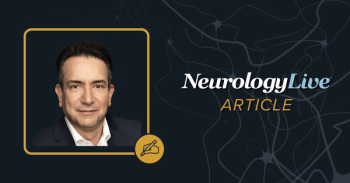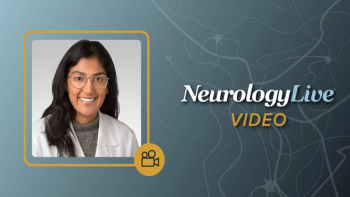
Battle Alzheimer With MRI, Ultrasound, and Bubbles?
Focused ultrasound works like a noninvasive knife, cutting away amyloid plaques in mice. But is this new method safe and effective in humans?
When learning about a breakthrough for the treatment of patients with Alzheimer disease (AD), one expects to hear about a new drug, for example, one that targets the amyloid plaques or neurofibrillary tangles associated by the degenerative disease.
What if a new treatment could be provided in a different way?
NIH-funded researchers think that ultrasound may be the answer that can make it happen. Supported by the National Institute of Biomedical Imaging and Bioengineering (NIBIB), the scientists are using focused ultrasound like a noninvasive knife, cutting away amyloid plaques.
For now the research is restricted to Alzheimer mouse models. Kullervo Hynynen, PhD, a medical physicist at Sunnybrook Research Institute in Toronto, and coworkers used MRI-guided focused ultrasound to try to cure mice of AD. They focused specifically on one of the most affected regions of the brain, the hippocampus, critical for processing the memory that is also lost in persons with AD. The transgenic (TgCRND8) mice they studied experience plaque formation in the hippocampus and lose their memory, just like persons with AD.
MRI-guided focused ultrasound offers the advantage of opening the blood-brain barrier, normally gated to many drugs and molecules. The scientists included a microbubble contrast agent-microbubbles vibrate after passing through an ultrasound beam, which allows them to pass through to enter the brain. The ultrasound and microbubbles not only may destroy plaques but also have the added benefit of conferring positive effects on neuroplasticity-lengthening dendrites and increasing neuronal number.
By using MRI-guided focused ultrasound with microbubbles, the researchers were able to treat the hippocampus of the mice on both sides of the brain. The scientists observed notable differences in the plaque formations, with reductions in both the size and intensity of staining of plaques, seen in sections taken from the hippocampi of the mice.
Remarkably, the treatment also caused improved cognition, as measured by spatial learning tests in a variety of standard tasks.
The use of MRI and microbubbles did not cause any damage to the brain or hippocampus.
“The results are an exciting step in the search for Alzheimer’s treatments,” remarked Steven Krosnick, MD, Program Director for Image-Guided Interventions at the NIBIB, “but there is more to be done. There are limitations on the memory tests that can be done on mice, and human cognition is significantly more complex. Hopefully these results will open doors to more research on how MR imaging-guided focused ultrasound could benefit cognition and perhaps be magnified by using other therapeutics in conjunction with this method.”
This method may by itself help with treatment of already existing plaques in the brains of persons with AD, a clinical tool that does not currently exist. The method also could be combined with beneficial medications that enhance cognition in the hippocampus or bust plaques in that region. Other brain regions could be treated as well. However, this
About 5.2 million Americans have AD, making it the sixth leading cause of death in the United States, the researchers noted. Although several drugs currently are available for AD, they decrease the inevitable degeneration and cognitive decline only slightly and cannot halt or prevent the disease.
Take-home points:
• A new technique combines MRI and ultrasound to treat amyloid plaques in mice.
• Ultrasound with microbubbles destroys plaques and opens the blood-brain barrier.
• Further work is needed to test whether the method is safe and effective in humans.
Newsletter
Keep your finger on the pulse of neurology—subscribe to NeurologyLive for expert interviews, new data, and breakthrough treatment updates.



























